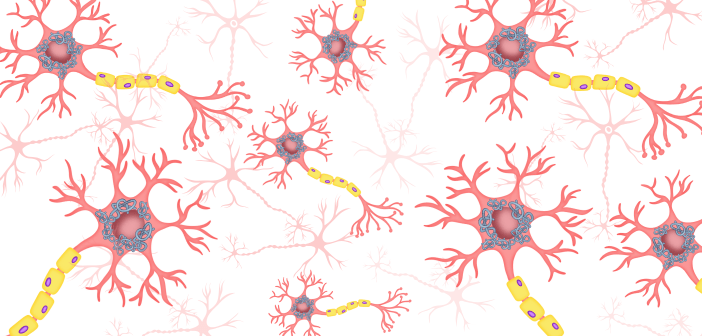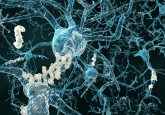New biomarker test could detect Alzheimer’s years before symptoms appear

The test can identify misfolded tau proteins years earlier than traditional imaging, enabling earlier Alzheimer’s diagnosis and improving treatment effectiveness.
Offering new hope for the early diagnosis and intervention of Alzheimer’s disease, researchers from the University of Pittsburgh (PA, USA) have created a novel biomarker test capable of detecting early misfolded tau protein—one of the hallmarks of Alzheimer’s—years before traditional imaging methods can identify its presence in the brain. The test has the potential to enhance clinicians’ ability to assess the complexities of Alzheimer’s pathology and enable early disease diagnostics.
Alzheimer’s disease, a devastating neurodegenerative condition affecting millions worldwide, is often diagnosed only after significant cognitive decline has set in. Early identification of pathological changes such as neuroinflammation and impaired nerve cell communication is crucial for improving treatment effectiveness and slowing disease progression. However, current diagnostic methods fall short in detecting Alzheimer’s before cognitive or memory symptoms emerge, often relying on a combination of assessments and imaging scans that don’t paint the whole picture.
For decades, Alzheimer’s research has primarily focused on amyloid-beta deposits, which often precede tau pathology. However, tau tangles are more closely associated with cognitive impairment, making them a crucial target for early detection.
Current tau detection methods, such as tau-PET imaging, are costly, time-consuming and only detect pathology when substantial tau accumulation has already taken place. In contrast, the new biomarker test measures small, clumping-prone tau proteins and their pathological forms, providing a more accurate predictor of disease progression.
“Our test identifies very early stages of tau tangle formation – up to a decade before any tau clumps can show up on a brain scan,” explained senior author Thomas Karikari, Assistant Professor of Psychiatry at the University of Pittsburgh. “Early detection is key to more successful therapies for Alzheimer’s disease since trials show that patients with little-to-no quantifiable insoluble tau tangles are more likely to benefit from new treatments than those with a significant degree of tau brain deposits.”
You may also be interested in:
- Top 5 journal articles on Alzheimer’s disease and biomarkers
- Have scientists identified new molecular drivers of Alzheimer’s disease?
- eBook: World Alzheimer’s Month 2023
In their most recent study, Karikari and his team used a combination of bioanalytical methods, including HPLC and a tau-fluorescence energy transfer aggregation assay, to pinpoint specific phosphorylation sites—p-tau-262 and p-tau-356—and link them to early tau aggregation. The team then used these findings to create a biofluid biomarker for pathological tau and validated its clinical effectiveness using antemortem CSF samples, as well as a cohort that underwent tau-PET imaging.
By pinpointing these aggregation-relevant phosphorylation sites and developing a CSF biomarker of Alzheimer’s tau pathology, the team hope that with continued advancements, this biomarker test will serve as a key tool for the early diagnosis and development of novel targeted therapies for Alzheimer’s disease.





